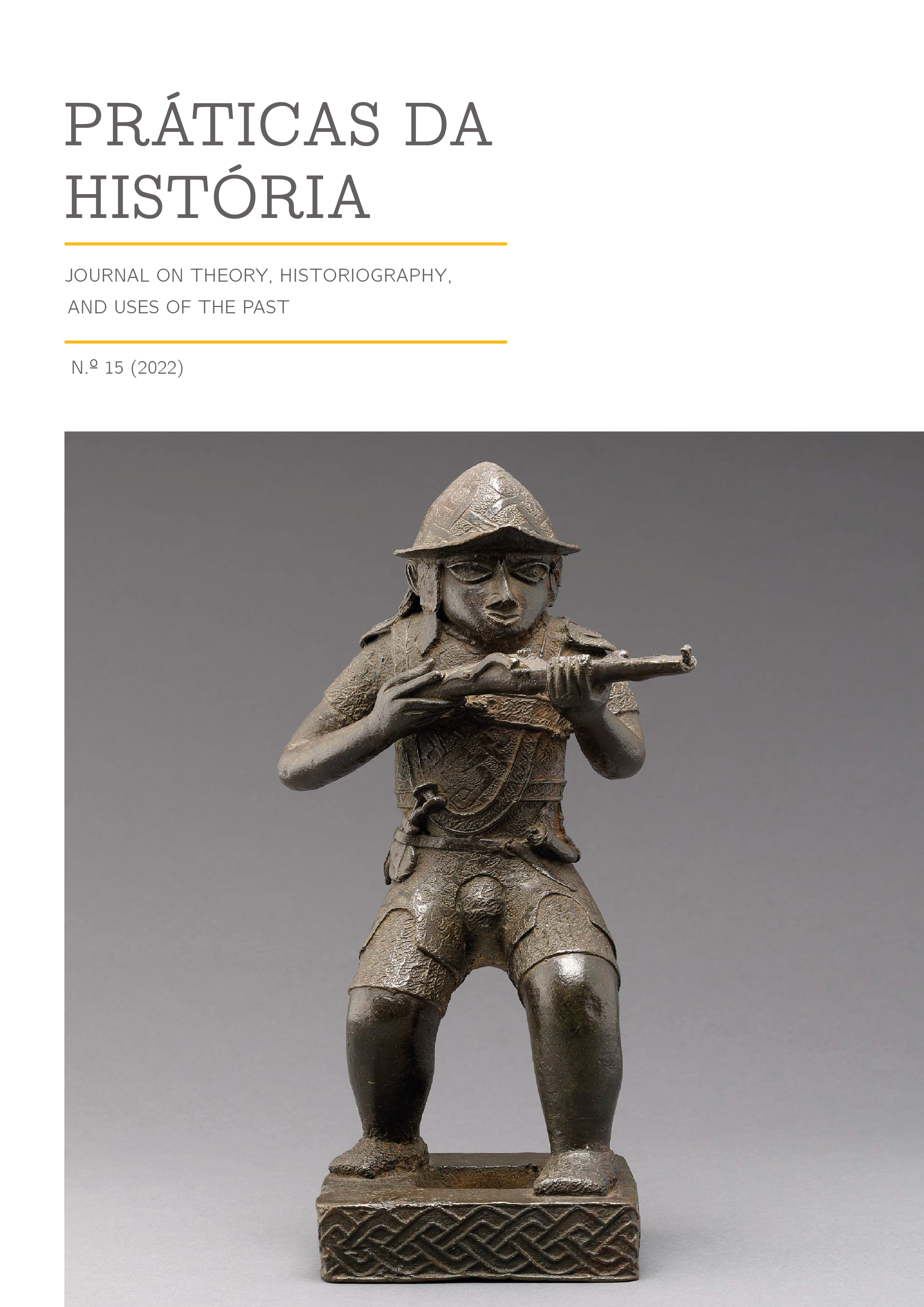Displaying Caribbean Plantations in Contemporary British Museums: Slavery, Memory and the Construction of Britishness
DOI:
https://doi.org/10.48487/pdh.2022.n15.30055Keywords:
slavery, exhibitions, British Caribbean, United KingdomAbstract
Building upon Wayne Modest’s work on the representation of Caribbean and enslaved people in the British Museum, this article examines the representation of Caribbean plantations in several British establishments, the Museum of London Docklands, the National Maritime Museum, the Mshed Museum, the Georgian House, and the International Slavery Museum. Drawing on Black feminist works on race, geography and identity, I argue that these museums create a homogenised vision of the Caribbean, which results in a homogenised depiction of enslaved peoples. Specifically, resistance to slavery is presented as a largely masculine endeavour and taking place only in terms of military conflict. Indeed, representations of enslaved women are largely absent in many of these museums. Only the International Slavery Museum achieves a complex rendering of the Caribbean by pushing against the limitations of abolitionist produced representations of the Caribbean and incorporating models and a multifaceted range of testimonies, including that of enslaved women.



